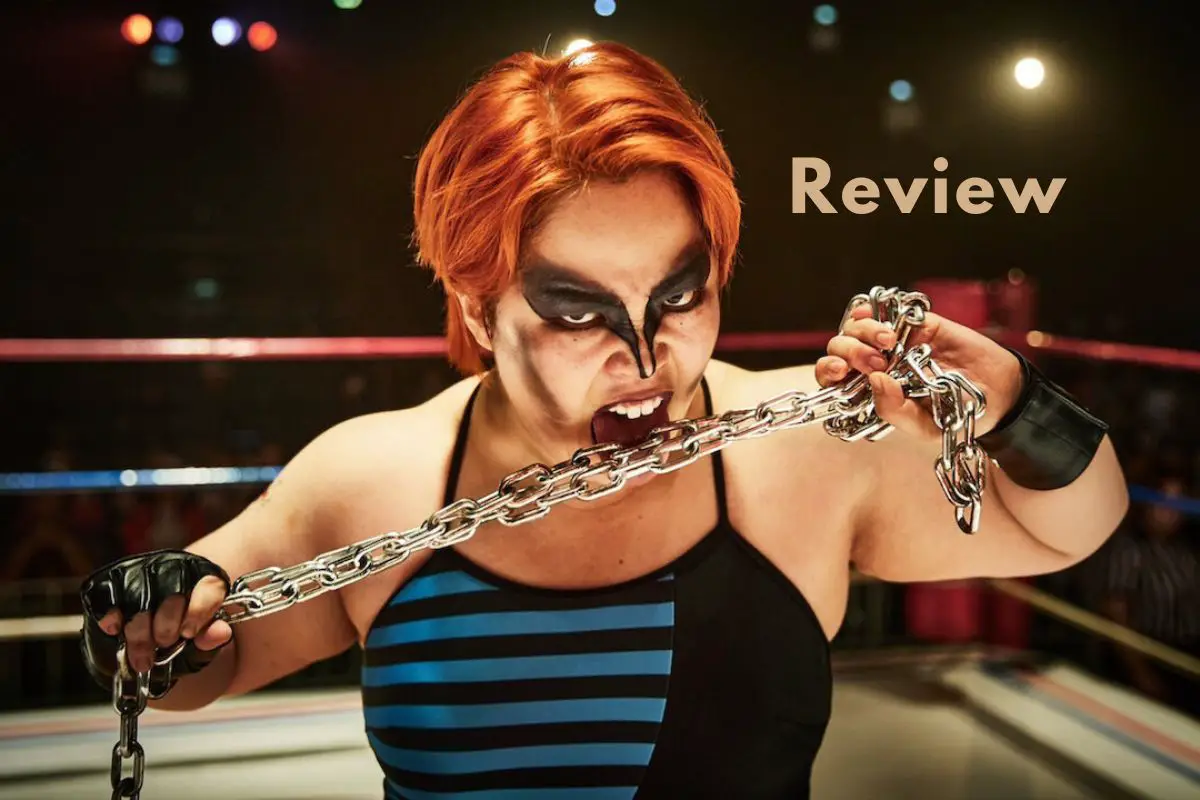The Queen of Villains is a Netflix sports drama series that dives deep into the world of professional wrestling, offering a raw and emotional look at the lives of women who challenge societal expectations and personal hardships to pursue their dreams.
The six-part series is more than just a portrayal of the wrestling world—it’s a powerful narrative about resilience, identity, and the fight for self-acceptance.
A Compelling Protagonist: Kaoru Matsumoto’s Journey
At the heart of The Queen of Villains is the story of Kaoru Matsumoto, a woman with a turbulent past and a fractured family. Growing up in a household burdened by her father’s financial irresponsibility, Kaoru had to mature quickly, taking on responsibilities far beyond her years. Despite the adversities she faced, Kaoru’s inner strength shines through, and she finds solace and empowerment in the unlikely world of professional wrestling.
Wrestling, for Kaoru, becomes more than just a sport—it’s a metaphor for her personal battles. The ring is where she transforms her struggles into something positive, using the physicality and theatricality of wrestling as a form of self-expression and healing. The series excels in showing how Kaoru’s journey into the wrestling world is both a means of escape and a path to self-reinvention.
A Powerful Performance
Yuriyan Retriever’s portrayal of Kaoru is one of the standout elements of the series. Her performance captures the complexity of a character who is both tough and vulnerable. From the very first episode, Yuriyan brings an authenticity to Kaoru’s struggle, making her journey relatable and compelling. The character’s evolution from a hopeful wrestler wanting to play the hero to embracing a darker, more villainous persona is both heartbreaking and empowering.
Kaoru’s transformation is not just about adapting to the harsh realities of the wrestling business but also about confronting the societal pressures that dictate how women should behave. Her shift to playing the “villain” in the ring symbolizes her rebellion against these norms, as she chooses to define her own identity rather than conforming to others’ expectations.
Wrestling as a Metaphor for Life’s Struggles
One of the series’ strengths is its portrayal of wrestling as more than just a spectacle. The Queen of Villains uses the sport as a powerful metaphor for the challenges faced by its characters, particularly the female wrestlers. The show highlights the predatory nature of the wrestling industry, where these women must navigate not only the physical demands of the sport but also the exploitation and gender inequality that persist behind the scenes.
The series offers a nuanced exploration of the power dynamics between wrestlers and the management that controls their careers. Even as these women push their bodies to the limit for their performances, they are often underpaid and undervalued, reflecting broader systemic issues in the sports and entertainment industries.
Capturing the Spirit of the Era
Set in the 1980s, The Queen of Villains immerses viewers in the gritty, vibrant world of women’s wrestling during a time when the sport was gaining popularity but still largely dominated by men. The show’s visual style, with its documentary-like cinematography, enhances the sense of authenticity and draws the audience into the highs and lows of Kaoru’s journey.
The production design meticulously recreates the era, capturing the aesthetics and atmosphere of the time. The series not only showcases the spectacle of wrestling but also the behind-the-scenes struggles of women fighting for respect and recognition in a male-dominated field. This historical context adds depth to the story, making it more than just a character study but also a reflection on the evolution of women’s roles in sports and society.
Emotional Depth and Visual Appeal
The series balances its intense, emotional storytelling with visually striking wrestling scenes. The choreography of the matches, combined with the actors’ performances, makes each bout feel real and impactful. The tension and drama extend beyond the ring, as the characters grapple with personal issues that mirror their professional conflicts.
The show’s raw, gritty aesthetic contrasts sharply with the colorful, theatrical nature of wrestling, highlighting the disparity between the public personas these women project and their private struggles. This duality is at the core of The Queen of Villains, making it a compelling watch for anyone interested in stories that delve deep into the human experience.
Final Thoughts: A Must-Watch Drama
The Queen of Villains is more than just a sports drama—it’s a powerful exploration of identity, resilience, and the fight for self-determination. The series offers a fresh perspective on professional wrestling, focusing not just on the spectacle but on the personal stories of the women who step into the ring. With strong performances, particularly from Yuriyan Retriever, and a compelling narrative, the show stands out as one of Netflix’s more thoughtful and emotionally resonant offerings.
For those looking for a character-driven drama that goes beyond the typical sports narrative, The Queen of Villains is a must-watch. It’s a series that challenges perceptions, shines a light on the darker aspects of the wrestling world, and ultimately celebrates the strength and resilience of women who dare to fight, both in the ring and in life.

